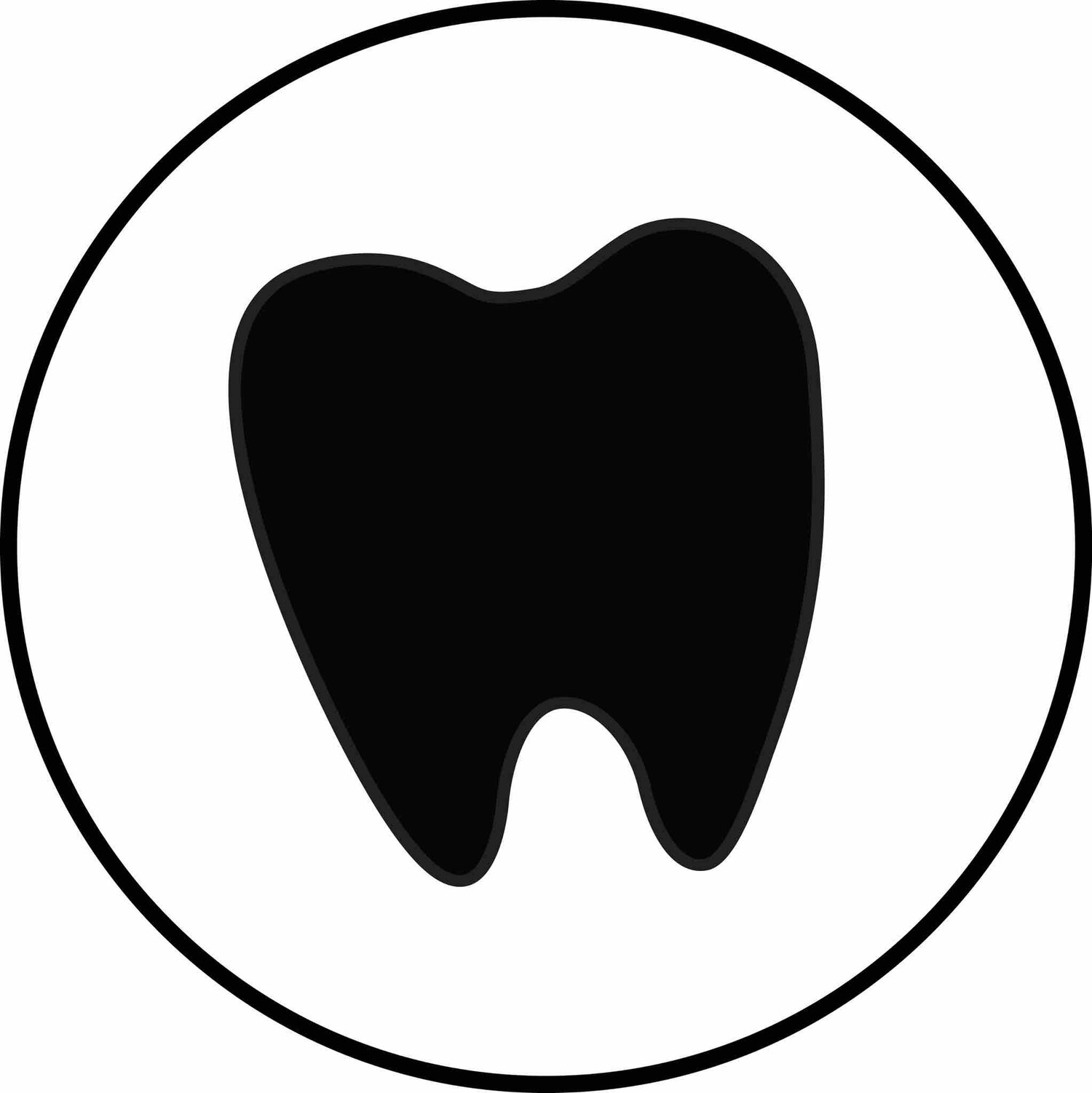MI Paste: What's the Difference?
We all love MI Paste. But, did you know there are 3 different kinds on the market? It can be tricky to stay up to date on the latest info when it comes to products, so we’ve done a bit of research on what’s the difference between each one and who each should be recommended to.
MI Paste
This is the 1st type of MI Paste that came out on the market and the 1st product that was delivered to patients through a prescription. The company actually says this paste is a “tooth cream” , which means it should be used in adjunct with brushing with regular toothpaste. It is applied with your finger or your toothbrush after brushing as as extra step to the oral hygiene routine. The main difference between MI Paste and MI Paste Plus -this paste does not contain fluoride.
MI Paste Plus
MI Paste Plus is pretty much the exact same as the regular old MI Paste, but now it contains fluoride at 900ppm (over the counter pastes usually have 1000-15000ppm of fluoride). It is also used as an adjunct to brushing with over the counter toothpaste, and is applied with your finger, a Q-tip, or a brush after regular home care.
MI Paste One
This MI paste is the newest on the market and has more of a toothpaste feel. Instead of adding a second step like the other products do, this one can replace the 1st brushing and instead, your patient can just brush normally for 2 minutes with MI One. It has the same amount of fluoride as an over the counter product (1,000ppm) but only needs a 2 minute exposure time. If you try it, you’ll notice it is a lot creamery then the other products, and foams more just like a toothpaste would, however they say it doesn’t use SLS as a foaming agent.
So, which one should I recommend?
That question can only be answered by you for your patient population! It’s tricky to know if adding a second step in their oral hygiene routine will make it more cumbersome or be more motivating to the patient. If you know your patient population aren’t fans of fluoride, MI Paste is the best bet. If you’re patients are having a tricky time brushing and flossing at all, MI Paste One is probably a safe bet for them to use.
But what about a Milk Allergy?
I’m sure you’ve recently heard about the little girl who ended up passing away to using MI Paste due to a severe milk allergy. In MI Paste, they use casine, which is in milk, as part of the ACP to help uptake of the product. Only severe milk allergy patients have an allergy to casine. But to be safe, better ask patients of their food allergies before prescribing the product and steer clear of MI Paste if they do have any milk sensitivity or allergy.
Do you currently recommend a prescription treatment for patients to use at home for caries or for sensitivity? Which one?


